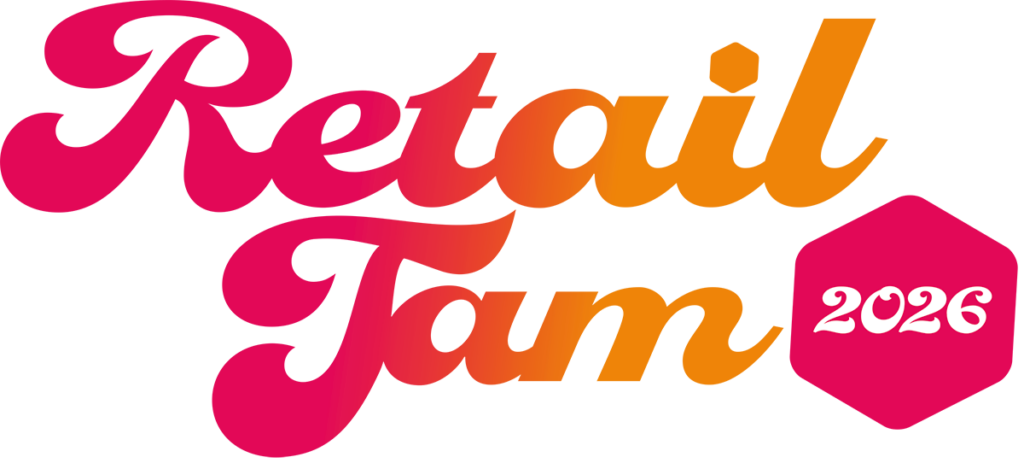Sophie McCallum, Senior Producer at RetailJam, sat down with Manou Campbell from Medik8 to talk about about innovation, automation, and the unexpected areas that need more attention in retail tech. Manou shares his candid take on how AI is helping free up human creativity, what retailers are getting wrong on cybersecurity, and why good change management is still the biggest barrier to tech adoption.

Manou Campbell, Head of Data & Information Systems, Medik8
Can you tell us a bit about your role and what Medik8 does?
I work for Medik8, a skincare brand focused on clinical-grade products. I look after the data and tech side of things. It’s a fantastic business to be part of we’re very much in scale-up mode, and there’s a huge focus on innovation and using technology to help the business move faster and smarter. For us, it’s about indirect innovation. If we can save time through automation and AI in the back office or operations, then we can reinvest that time into things that matter more, such as getting closer to the customer, running more creative campaigns or accelerating R&D.
How are you making that time-saving a reality in practice?
We’ve been running intensive adoption workshops focused on getting the most out of existing platforms, such as Google, Slack, Atlassian, and so on. The idea is to make sure the tools we already have are being used to their full potential.
If you save 30 or 50 minutes per person each day, across a team that really adds up. That time can be used for things humans are actually great at like collaboration and creativity. The more we automate in the background, the more human we can be upfront.

Cybersecurity used to be about building a wall and assuming everything inside was safe. That’s changed. It’s now about intelligent monitoring across systems and being able to respond dynamically when something goes wrong.”
Do you measure those savings or improvements in any structured way?
Yes, we try to. Everytime we automate something, we log the original time the task took and then compare it to the time after the change. It’s not always a perfect science, but it gives us a clear view of where we’re gaining time.
We also try to make it easier for people to identify where improvements can be made. I sometimes explain it like this: if I ask you to come up with a story in ten seconds with no other information, it’s tough. But if I give you a random prompt like “about an elephant that and lived in a field,” you can start to piece something together. Tools and systems are the same. If we give people more context and better prompts, they can use those tools more effectively and understand how to apply them in the generic world of AI.
Beyond AI, is there anything else that’s got your interest in the innovation space?
Absolutely. Personalisation continues to be exciting, especially where we can merge in-store and online experiences into a single customer view. That seamless crossover is something we’re really interested in.
But honestly, the biggest area I think we need more focus on right now is cybersecurity. I know it’s not always the sexiest part of retail innovation, but it’s so important. We’ve all seen what’s been happening in the market recently, and it’s been harrowing. Whether it’s trying to find your favourite pair of trousers in-store or suddenly not being able to access anything online, those impacts are very real.
What kinds of innovation are you seeing in the cybersecurity space?
There’s some really interesting work going on around things like passwordless sign-in, API security and zero-trust policies. Cybersecurity used to be about building a wall and assuming everything inside was safe. That’s changed. It’s now about intelligent monitoring across systems and being able to respond dynamically when something goes wrong.
Say someone inside the organisation starts downloading huge files or uploading unusual amounts of data, you need systems that recognise that behaviour instantly and stop it. And while AI is getting a lot of attention elsewhere, this kind of monitoring is where it’s genuinely valuable.
So, are we getting the basics right when it comes to cybersecurity?
That’s the big question, and honestly, I think it’s often the basics that let people down. Things like multi-factor authentication, regular security training, and testing both legacy and cloud systems. They all need to be in place before we get excited about the cutting-edge stuff.
Even with tools that can detect suspicious behaviour, they’re only useful if the foundational practices are solid. And with the rise of things like phishing-as-a-service kits (yes, they’re a thing now), it’s easier than ever for bad actors to go after organisations, especially those that haven’t nailed the fundamentals.
You can’t just introduce a new system and expect everyone to magically adopt it. People need time to train, understand it, and fit it into their day-to-day.”

Going back to AI, how do you see tools like generative AI impacting retail?
I think generative AI will completely change how people shop. You won’t necessarily need to search for what you want. Instead, the system will already know your preferences and just do it for you.
It’s going to change how we interact with the web entirely. We’re seeing broader tools emerge that act more like assistants, covering a range of tasks, knowing your habits, and even making purchases at the right moment. The possibilities are huge.
How are you handling change management with all these new tools and processes?
That’s the toughest part. If anyone has seen perfect change management happen in real life, please tell me. We’re still figuring it out, but what we’ve learned is that you have to bring people along for the ride.
You can’t just introduce a new system and expect everyone to magically adopt it. People need time to train, understand it, and fit it into their day-to-day. Change needs to happen in a way that doesn’t overload the team, especially when business as usual is already full-on. We’re learning as we go, but we know that supporting users properly is the biggest determinant of success.
Discover more…



